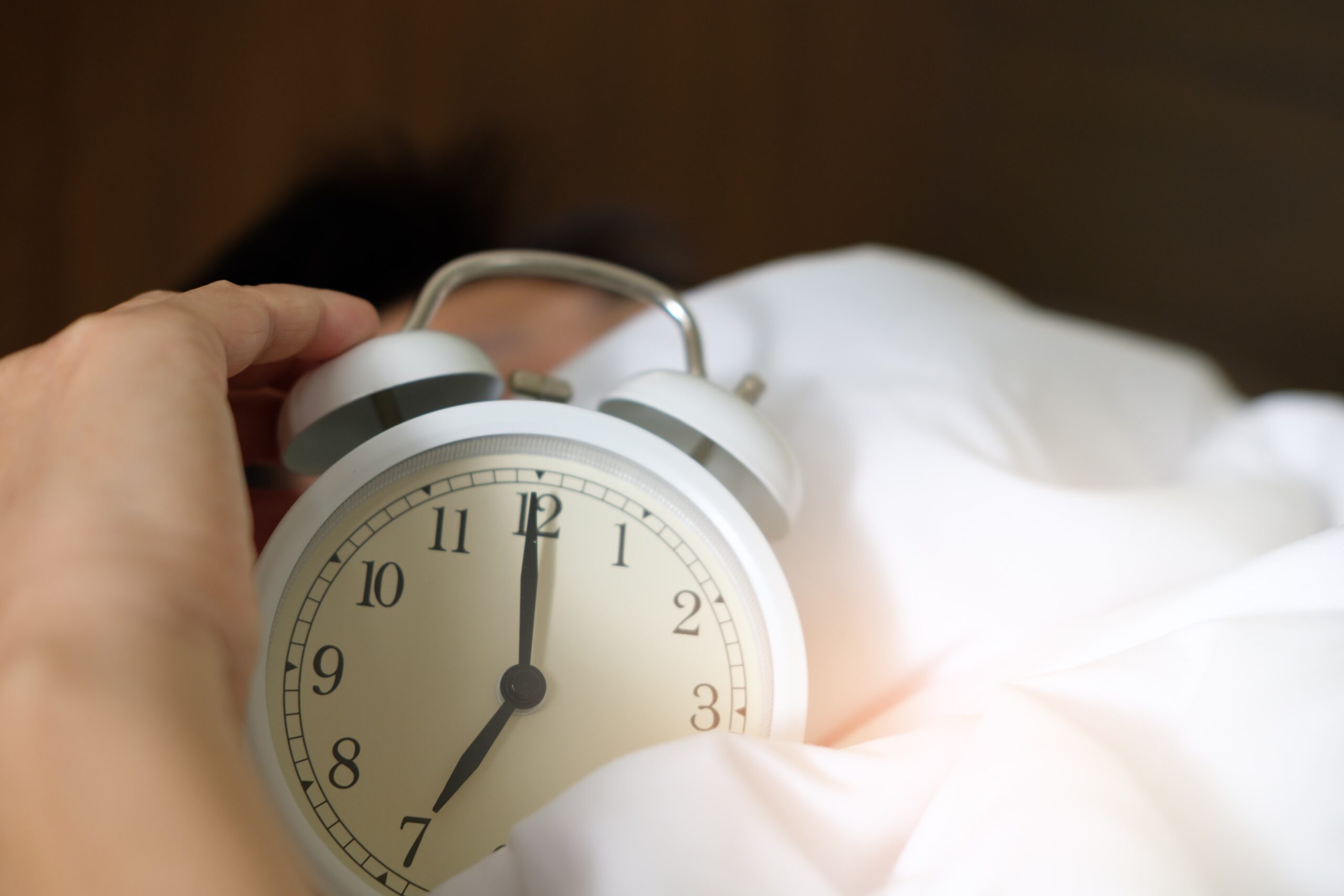Sleep Apnea is a disorder where the person periodically stops breathing while sleeping. It is a very common sleep disorder that affects around 20 million people in the country. These periodic stops in breathing could range from a few seconds to several minutes, causing disruptive sleep, which could lead to several other ailments due to a tired body and brain. Read on to know more about the various types of sleep apnea.
- Obstructive sleep apnea
This is the most common type of sleep apnea caused due to partial or complete blockage of the airways when one is asleep. Since the airways are constricted, it reduces blood flow to the brain, signaling it to partially wake up and fight for breath. This leads to loud gasping, choking, or snorting. This can while the person is sleeping, impervious to the lack of breath. There are three stages to obstructive sleep apnea (OSA).
Mild OSA – One experiences 5-14 breathing interruptions in an hour.
Moderate OSA – Here, one experiences 15-30 breathing interruptions in an hour.
Severe OSA – Here one experiences 30 or more breathing interruptions in an hour.
- Central sleep apnea
In this type of sleep apnea, the brain is unable to signal breath controlling muscles, hampering its function. Due to this communication gap between the brain and the muscles, one experiences breathing difficulty and interruption. Around 20% of sleep apnea cases fall under this category. However, the number still remains a point for debate. But, it is surely less common than obstructive sleep apnea. This kind of sleep apnea is often caused due to other medical issues that may be affecting the brainstem.
- Mixed sleep apnea or complex sleep apnea
As the name suggests, this kind of sleep apnea is a combination of central and obstructive sleep apnea. At times, people who are getting treated for obstructive sleep apnea using the Continuous Positive Airway Pressure (CPAP), a treatment method for sleep apnea, can develop symptoms of central sleep apnea. According to a study, patients being treated for OSA through CPAP treatment responded well with airways being free from obstructions. However, they continued to have difficulty in breathing while sleeping, confirming complex sleep apnea symptoms.
- Difference between the types of sleep apnea
The primary difference between obstructive sleep apnea and central sleep apnea is that the former is caused due to mechanical failure in the breathing process. The airway is restricted, causing difficulty in breathing. Central sleep apnea is caused due to a communication failure. The brain is temporarily unable to send signals to the muscles responsible for regular breathing, causing interruptions in breathing.
There are treatments and medications to manage sleep apnea. Depending on the type of sleep apnea, a clinical sleep specialist will prescribe the best way forward.

